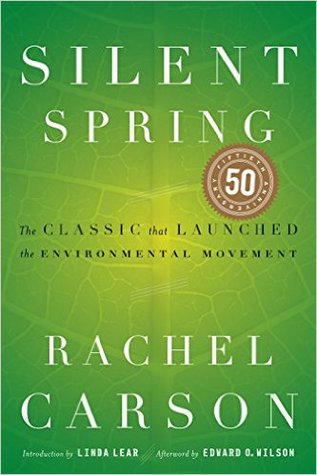More on this book
Community
Kindle Notes & Highlights
The question is whether any civilization can wage relentless war on life without destroying itself, and without losing the right to be called civilized.
By acquiescing in an act that can cause such suffering to a living creature, who among us is not diminished as a human being?
Spraying is killing the birds but it is not saving the elms. The illusion that salvation of the elms lies at the end of a spray nozzle is a dangerous will-o’-the-wisp that is leading one community after another into a morass of heavy expenditures, without producing lasting results.
In each of these situations, one turns away to ponder the question: Who has made the decision that sets in motion these chains of poisonings, this ever-widening wave of death that spreads out, like ripples when a pebble is dropped into a still pond?
The survey showed more than the loss of young fish; it revealed a serious change in the streams themselves. Repeated sprayings have now completely altered the stream environment, and the aquatic insects that are the food of salmon and trout have been killed.
The toxic river water was still possessed of its death-dealing power after passing more than 200 miles downstream. It was regarded as too dangerous to be admitted to the waters of Matagorda Bay, with its oyster beds and shrimp fisheries, and so the whole toxic outflow was diverted to the waters of the open Gulf.
F. H. Jacob in England has declared that “the activities of many so-called economic entomologists would make it appear that they operate in the belief that salvation lies at the end of a spray nozzle . . . that when they have created problems of resurgence or resistance or mammalian toxicity, the chemist will be ready with another pill. That view is not held here . . . Ultimately only the biologist will provide the answers to the basic problems of pest control.”


